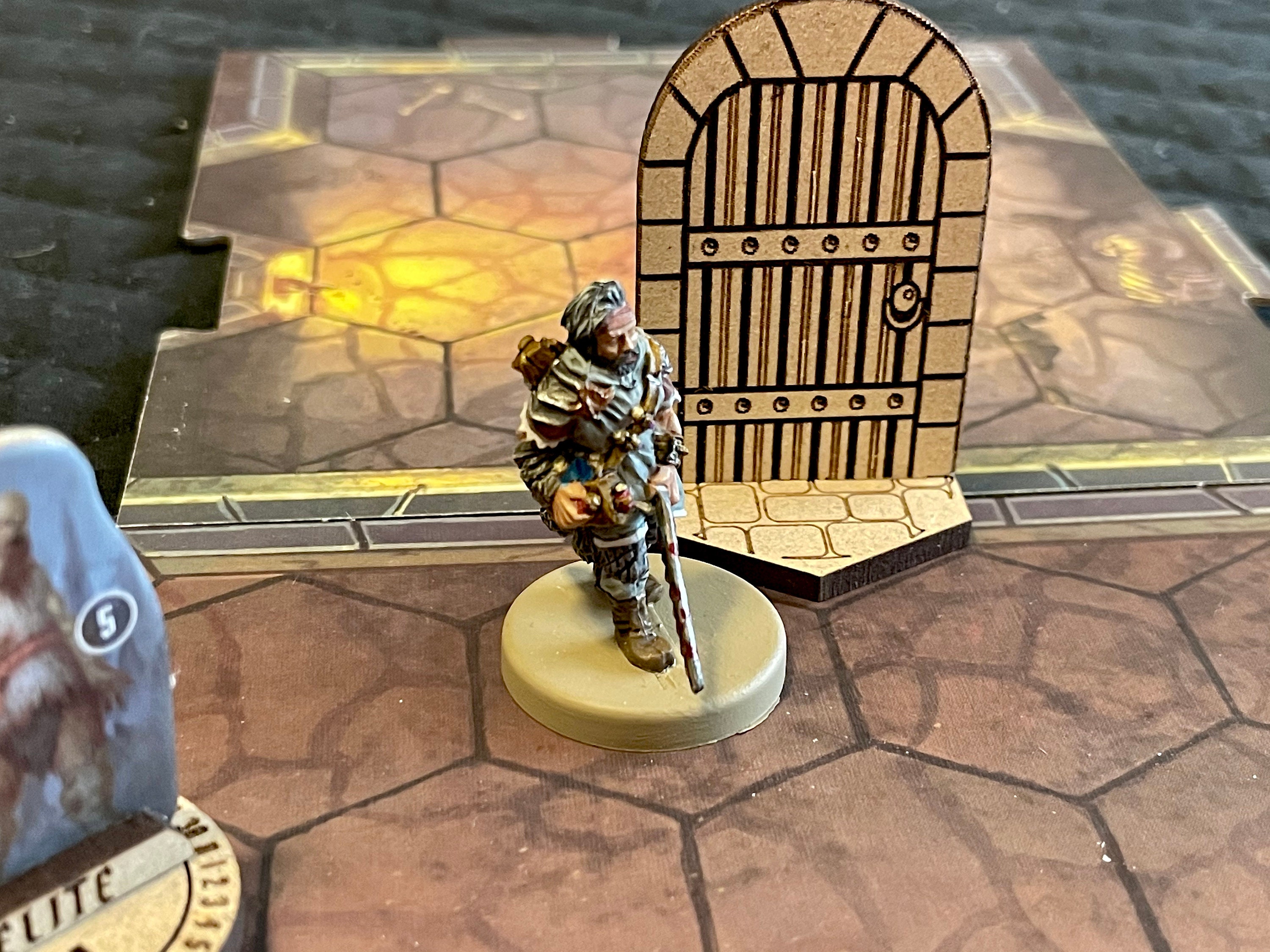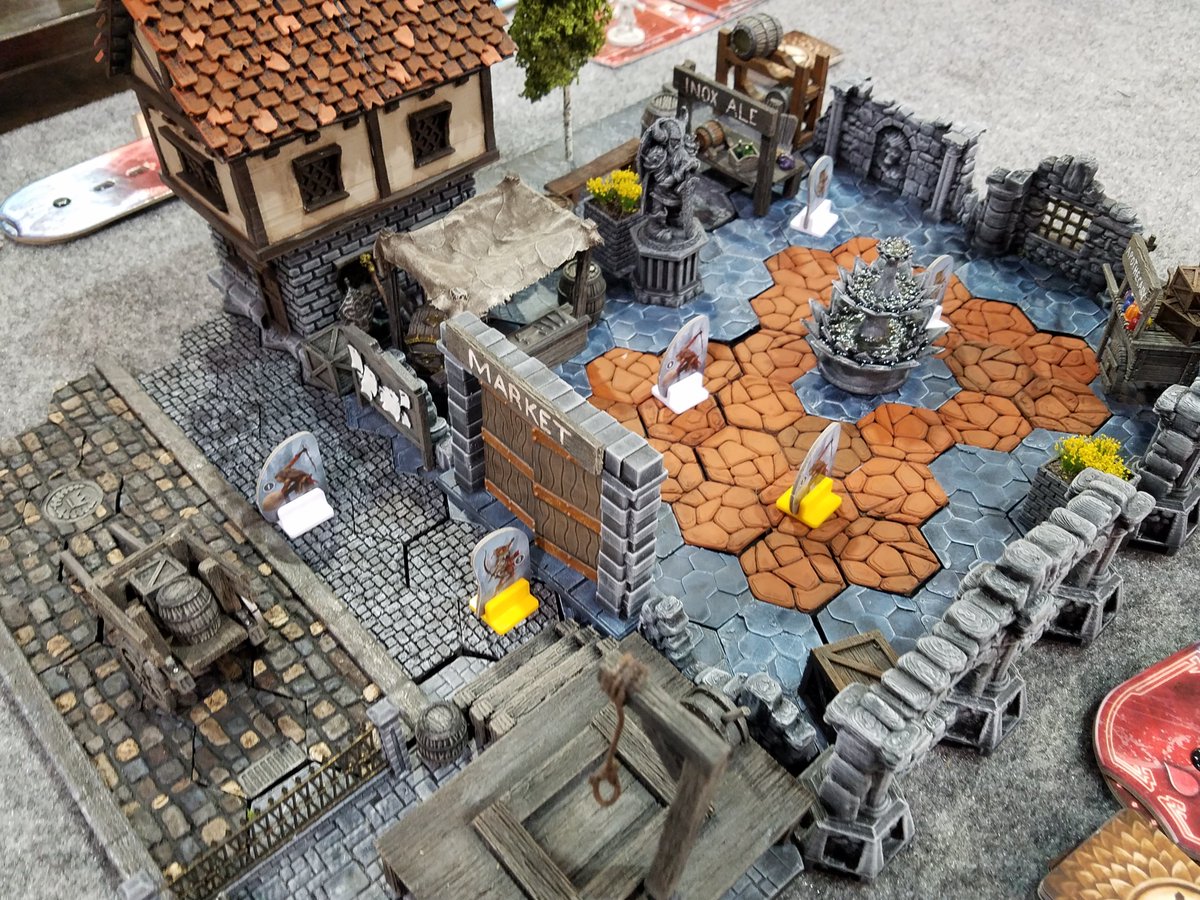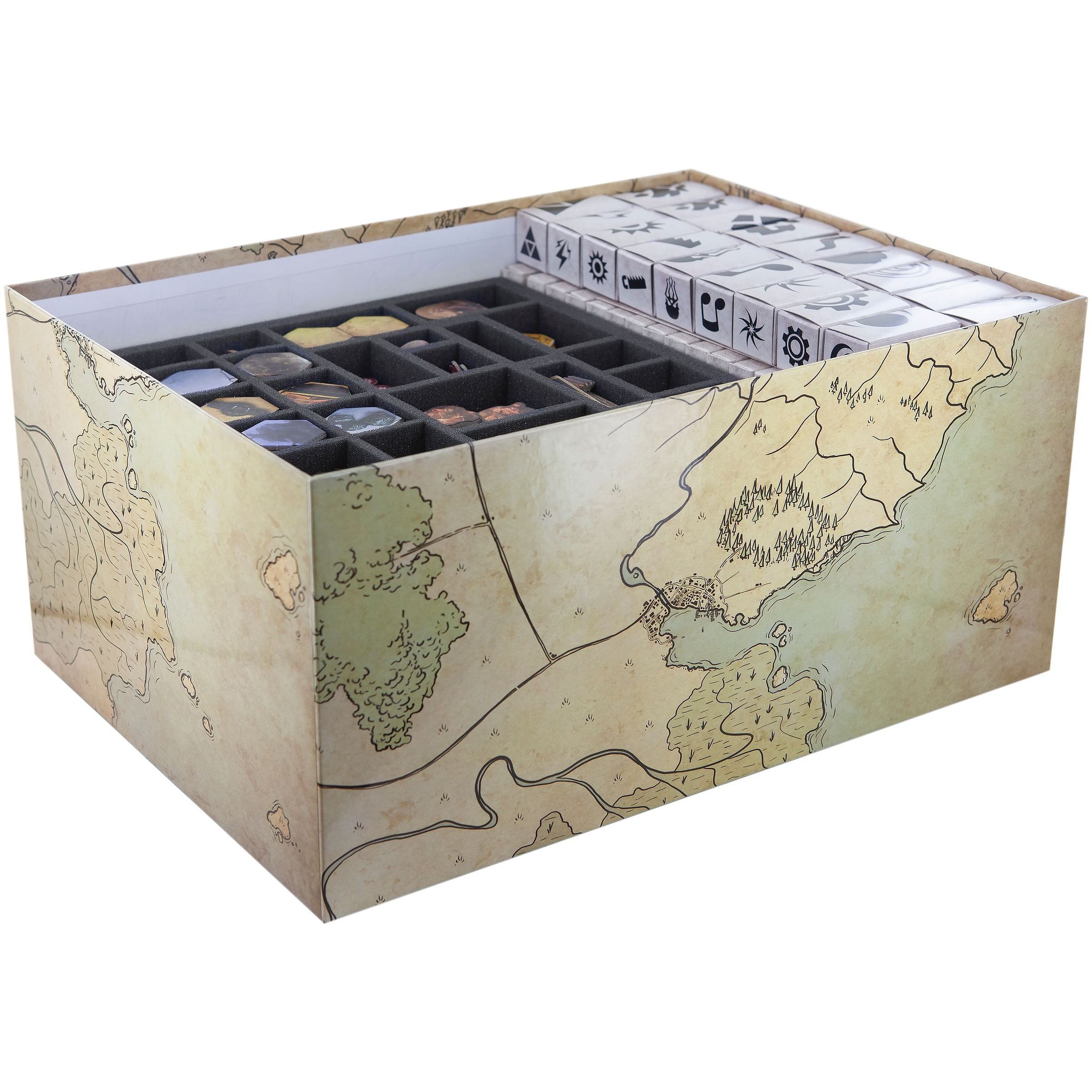

But how does it stack up against the original? Gloomhaven: The Fundamentals A video game adaptation was a no-brainer, and in 2019, Asmodee Digital and Flaming Fowl Studios released their take on Gloomhaven on Steam's digital storefront. But early last year, the game's chilly, standalone sequel, Frosthaven, shattered Kickstarter records for the most successful board game campaign ever by earning nearly $13 million. An expansion, Forgotten Circles, and a spin-off game, Settlers of Gloomhaven, have done well in their own right.

RELATED: HeroQuest Board Game Receives Over $1 Million in CrowdfundingĪnd the Gloomhaven train is still gaining steam. Gloomhaven's most distinctive feature is its seventeen classes whose unique components are contained in their own miniature boxes, which players can only open by fulfilling certain criteria with the game's available starting classes. Despite these nesting boxes and modifiable components, the game is not considered a Legacy title in the strict sense (the game is designed to be replayed, and no content is ever discarded), though it is unquestionably a campaign game designed for play over the course of dozens of sessions. The game's mammoth box contains hundreds of components, including thick rule and scenario books, modular terrain for battle maps, a staggering number of decks, and a world map that players must gradually fill in with stickers via exploration.

The physical game, developed by designer Isaac Childers, blurs the line between the depth of traditional tabletop RPGs like Dungeons & Dragons and the more structured and streamlined mechanics of modern board games. Even though it only released in 2017, Gloomhaven has already proven itself a fantasy classic in the midst of a board game renaissance.


 0 kommentar(er)
0 kommentar(er)
